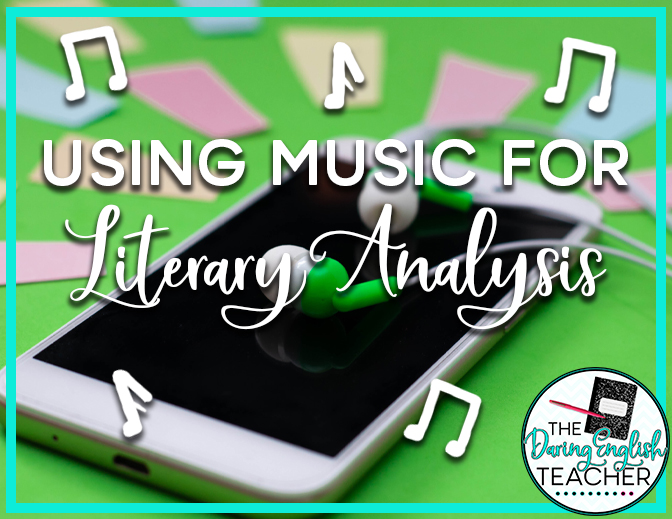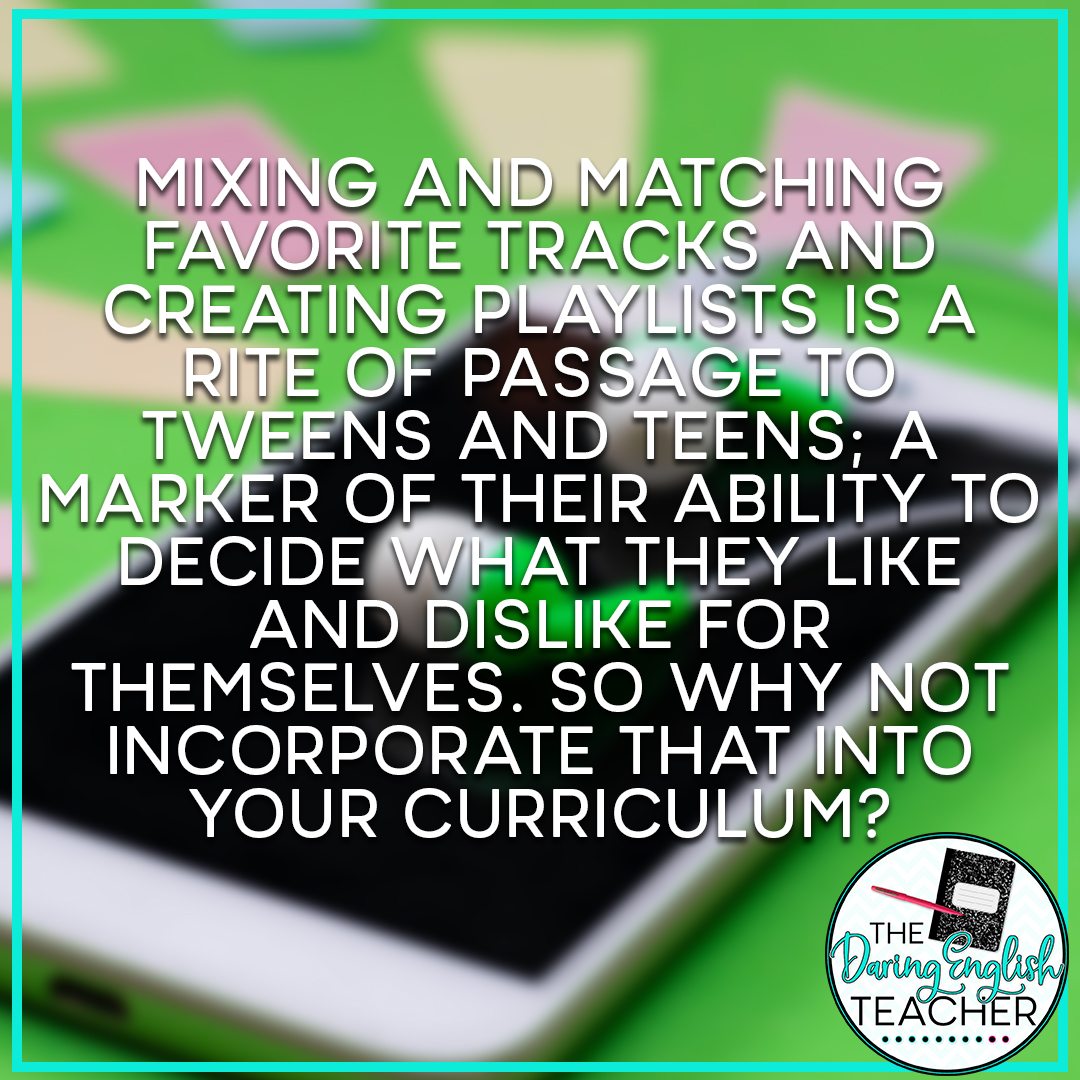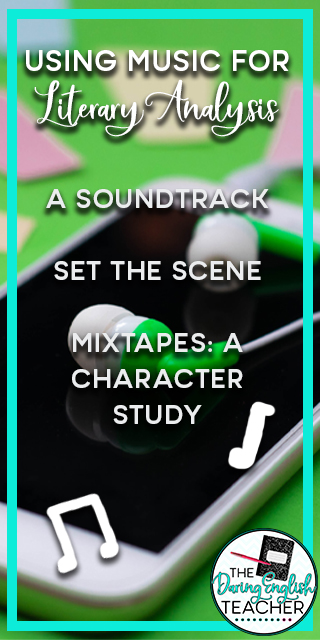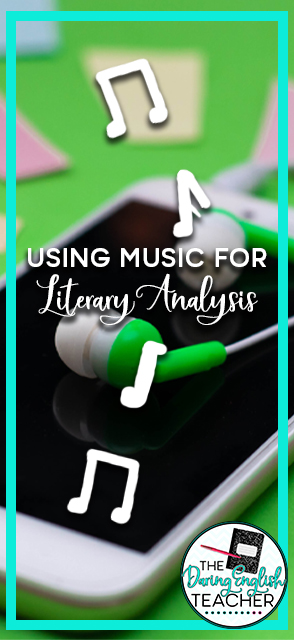If there’s one thing that students of all ages love and find joy in, it’s music. Thanks to technology, streaming services make all kinds of music available to anyone with a smartphone or a laptop. Mixing and matching favorite tracks and creating playlists is a rite of passage to tweens and teens; a marker of their ability to decide what they like and dislike for themselves. So why not incorporate that into your curriculum?
Incorporating music into selected reading units can transform and channel that strong sense of individuality and autonomy into excitement for literature and developing critical thinking skills.
The key?
Playlists, Playlists, Playlists!
You’ve probably heard your students discussing their playlists, whether they’re talking about the songs they love, exchanging customized collections as gifts, or ribbing each other about their respective musical guilty pleasures. Siphon that passionate energy and self-driven creativity into classroom assignments using that very medium!
Projects and presentations which require students to create playlists for whatever you happen to be reading in class will allow kids to fit literary content into the context of something they understand and relate to.
These projects can be individual assignments or group projects. Also, consider assigning an accompanying paper or annotations for each song, explaining how contents of the playlist correspond to the book. Because the literary themes and character analysis will be seen (or perhaps, heard) through the lens of music, this will provide students with an opportunity to write about a subject they are no doubt eager to discuss.
Most importantly, it will spawn work that students will enjoy doing and a finished product that they will be proud of.
Tip: I strongly recommend having the entire class use the same streaming service. Spotify, in particular, is specifically engineered for making playlists. Most of your students will probably have accounts with Spotify. If not, it is free to set one up and comes equipped with all the features necessary for the project, such as the ability to share playlists once they’re created.
Without further ado, here are some ways to combine the magic of playlists with pedagogy!
A Soundtrack
One way to teach narrative structure is to have students create a soundtrack for your novel as if it were a film. If you’re looking for an involved group project for the end of the semester, this one is for you! This project would involve students mapping out the book’s story arc, from exposition to resolution, and deciding which chapters fall into which unit of the arc. From there, each student should take responsibility for one section of the plot, and then choose one song for each chapter or pivotal scene in their section. This assignment can have as much or as little detail as you want, but evaluation should be dependent on whether or not the students have sufficiently accounted for their choices about the book’s plot and themes.
Set the Scene
An incarnation of the above, this project takes the idea of creating a soundtrack for the entire overarching plot and puts it on a much smaller scale. Instead of having students map out the narrative structure of a whole book, have them create a playlist for a single chapter that holds a lot of significance to the story or even a single scene if you feel it has enough meat to it. This makes a fabulous individual assignment, and it is especially helpful for directing students’ focus and analysis of specific, dense sections of text.
Mixtapes: A Character Study
One of the most powerful feelings is hearing a song that perfectly describes someone you know, or at least reminds you of them. Using music as a tool for character analysis may be just the thing to help students genuinely understand literary characters who so often seem inaccessible or unrealistic to the modern teen or tween. Assigning your students a character from your selected work and having them make a playlist they think that character would enjoy is a fun exercise in imagination that will connect students to the book on a deeper level. This assignment can be small for extra-credit or something more fleshed out if you are working with an unusually character-driven work.
BONUS: Classroom Playlist
As Plato said, “Music is a moral law.” Which means, in general, people can’t get enough of the stuff. It’s no secret that students sometimes feel uncomfortable or restricted in the classroom. Now, I’m not saying to toss all rules out of the window, but one way to make the classroom a more inviting work environment is to set up a playlist for your students. There are several already customized for the classroom on several streaming sites, but you can create your own or have your students submit songs! The promise of background music in place of stale white noise is a great way to incentivize your students to stay on task.





